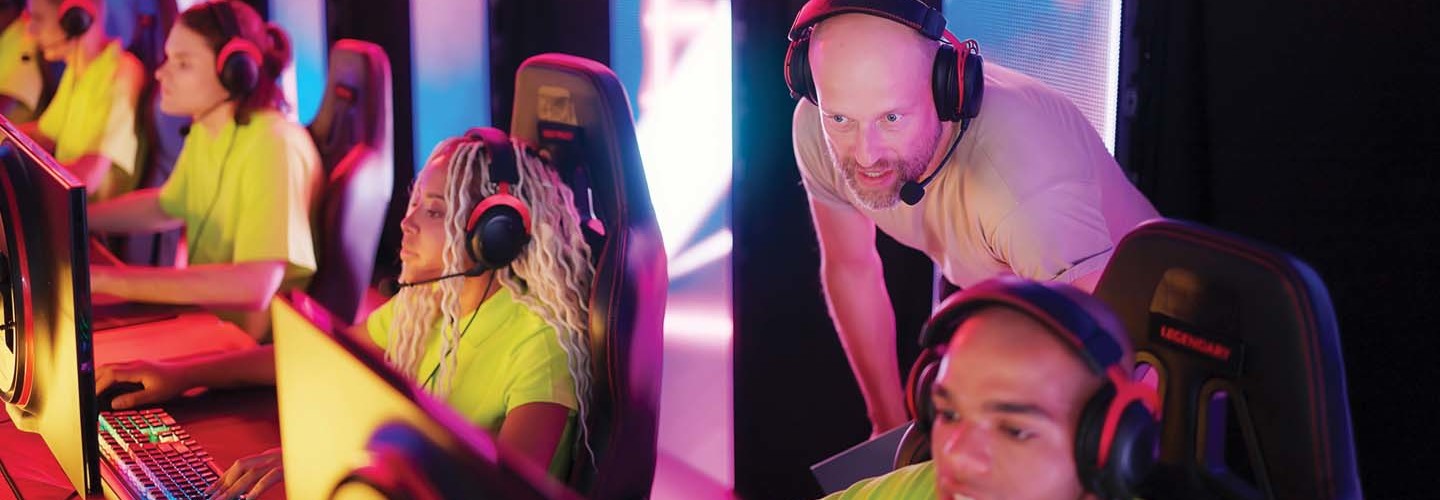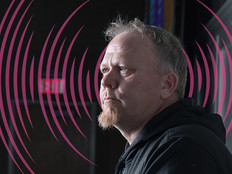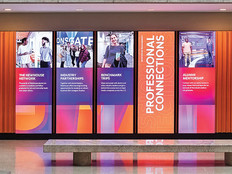What Tech Do You Need to Broadcast Esports Competitions?
The first and most important thing viewers of esports competitions expect to see is, of course, the gaming itself. Every individual screen a competitor is seeing should be available to include in the broadcast feed, along with the main feed showing the competition from a more all-encompassing view, often called the spectator view.
Another must is to have a webcam at every gaming station so viewers experience the mental ebb and flow of competition. The webcam plus the screen feed means you’ll have at least two streams coming from every workstation, so prepare to handle a large number of inputs. In a competition room with just 10 machines, you would have 20 feeds coming from the workstations alone, and that doesn’t include the spectator-view feed, arenawide shots or views of the commentators themselves.
Those streams can run through traditional channels, like HDMI connections, but most arenas, especially those being built now, will want to minimize the number of cables running through the space. To do that, companies like NDI offer network-based options to run the video feed, incorporating the screen view, webcams and others.
DISCOVER: Click to learn more about how esports are impacting higher education.
All those inputs need to end up somewhere, though, and CDW offers a variety of video switchers to accommodate the number of feeds. Broadcasts should also have the capability to produce and include graphics and chyrons with commentators’ feeds for a professional look and feel.
A CDW Higher Ed audiovisual expert can find the right gear — all of the above plus cameras, video converters, and more — for your setup by working with a number of different partners, including companies like Horizon AVL, which specializes in esports.
Leveraging such partners for esports programs will give higher education institutions a professional solution from top to bottom. Students can be confident the hardware and software they’re using is providing them with the real-world experience and knowledge they need to make the next step in career development after graduation.
Other Considerations for Outfitting Your Esports Arena for Broadcast
Universities should plan to broadcast esports competitions through Twitch or other online streaming platforms, like YouTube TV or Facebook Gaming, but also have the capability to broadcast in-house. That means having the feed available through the university TV or streaming channel and potentially creating a space inside the arena itself for students to watch the competitors live and view the stream on a massive display. DVLED screens are quickly becoming the standard for live events.
CDW can help you level up your esports program with audiovisual and esports experts ready to help walk you through the entire process, from retrofitting existing spaces to making the leap to a professional esports arena.
This article is part of EdTech: Focus on Higher Education’s UniversITy blog series.











